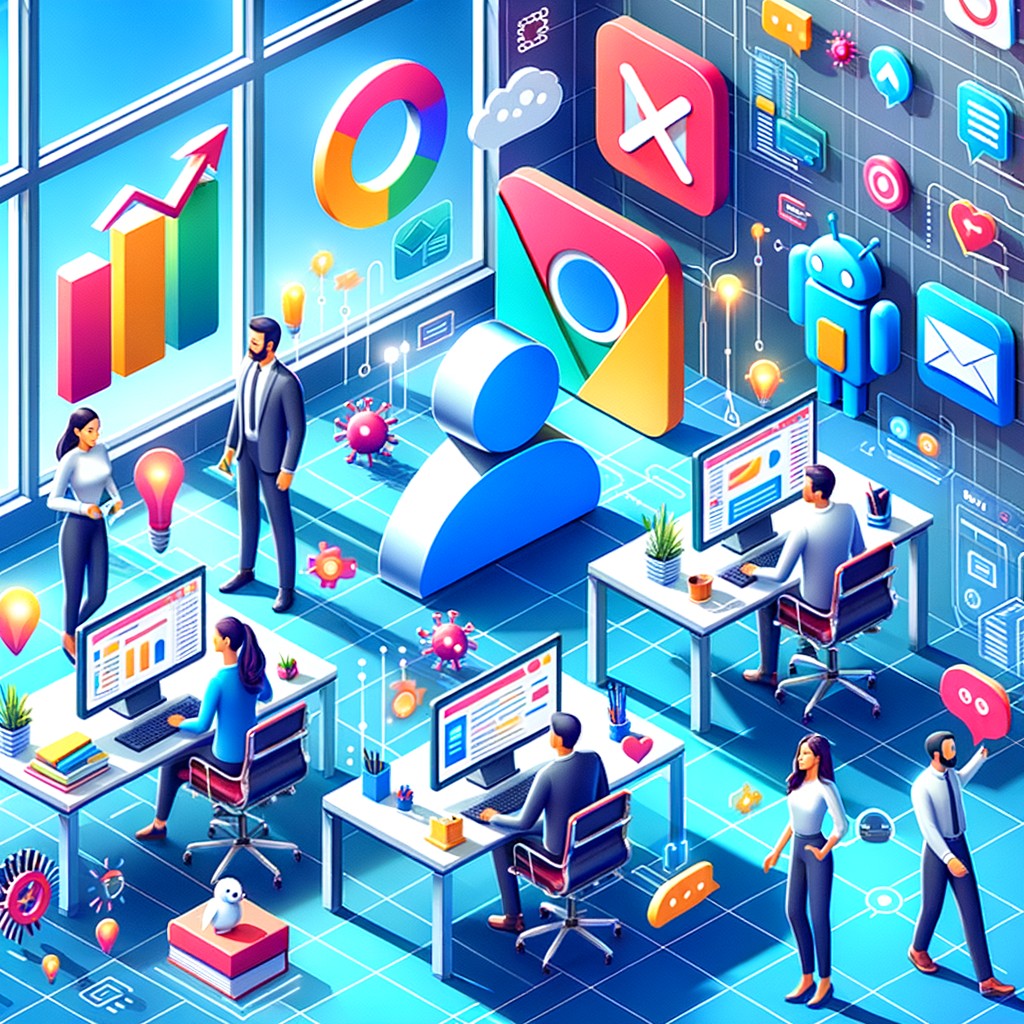Introduction
In the ever-evolving landscape of artificial intelligence, a significant shift is underway. AI, once confined to the realm of chatbots, is making a powerful transition to the web browser. This transformation signals a new era in AI accessibility and functionality, offering users more integrated and seamless experiences across their digital lives. But what exactly is driving this movement, and what does it mean for the future of technology and user interaction? This post explores the core developments, expert insights, and potential impacts of AI’s journey from chatbots to browsers.
Core Developments
The transition from AI chatbots to browser-based applications is marked by a series of key developments that underscore the technological advancements and strategic shifts within the industry. This movement is not only about enhancing the capabilities of AI but also about broadening its accessibility and usability for a wider audience.
| Date | Event |
|---|---|
| 2021 | ChatGPT gains widespread popularity as a chatbot |
| 2022 | AI researchers begin exploring browser integrations |
| 2023 | Perplexity and Comet introduce AI-enabled browsers |
As highlighted in The Verge’s analysis, companies like Perplexity and Comet are at the forefront, integrating AI directly into web browsers. This strategic move aims to enhance user interaction by embedding AI capabilities into the tools people use daily, thus eliminating the need for separate applications or interfaces.
Expert Analysis
Industry experts view this shift as a natural evolution in the AI landscape. By integrating AI into web browsers, companies are tapping into the inherent advantages of these platforms—ubiquity and familiarity. The web browser is a universal tool, used by billions worldwide, making it an ideal platform for delivering AI capabilities.
Technological Implications
- Enhanced User Experience: AI in browsers can provide real-time assistance, personalized content, and more intuitive navigation.
- Increased Accessibility: Users can access AI tools without the need to download additional software, reducing barriers to entry.
- Improved Integration: Seamless AI integration can lead to better data management and more cohesive digital ecosystems.
Aravind Srinivas, CEO of Perplexity, noted in an interview on Decoder that this approach allows AI to act as a more proactive assistant, leveraging the browser’s capabilities to anticipate and meet user needs more effectively.
Community Impact
The integration of AI into web browsers is poised to have a profound impact on both individual users and the broader digital community. For individuals, this means more intuitive and responsive online experiences. For businesses and developers, it opens up new avenues for innovation and engagement.
Reactions and Effects
- Increased Adoption: As AI becomes more accessible, we can expect a surge in adoption across various sectors.
- Shift in Development Focus: Developers may prioritize browser-based AI tools, leading to new applications and services.
- Privacy Concerns: As with any AI advancement, there are concerns about data privacy and security that need to be addressed.
The community’s reaction has been largely positive, with many expressing excitement about the potential for more integrated and efficient digital experiences. However, there is also a call for transparency and accountability in how these AI tools are developed and deployed.
Future Outlook
Looking ahead, the integration of AI into web browsers is likely to become a standard feature, much like the incorporation of search engines and extensions. This shift will not only enhance user experiences but also drive further innovation in AI development and application.
Predictions and Next Steps
- Continued Innovation: Expect ongoing advancements in AI capabilities, particularly in natural language processing and machine learning.
- Expansion of Use Cases: AI in browsers will likely expand beyond simple assistance to more complex tasks and interactions.
- Regulatory Developments: As AI becomes more embedded in daily life, regulatory frameworks will need to evolve to address emerging challenges.
The transition from chatbots to browser-based AI represents a significant milestone in the evolution of artificial intelligence. By embedding AI into the tools we use every day, we are taking a step towards more seamless and integrated digital experiences, ultimately redefining how we interact with technology.
Source: Why AI is moving from chatbots to the browser
Tags: AI, technology trends, web browsers, digital innovation, future of AI





